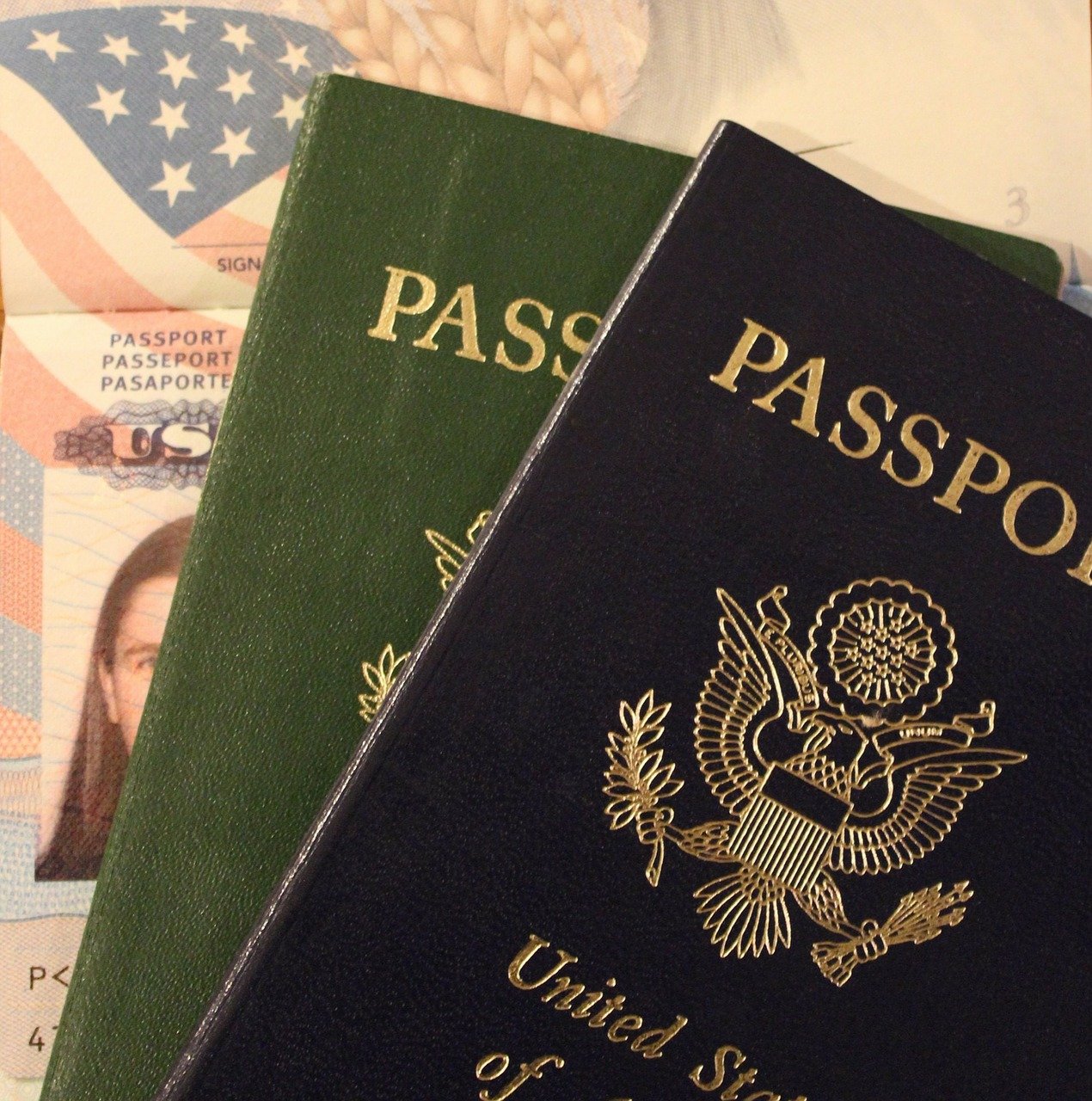In this section, we cover the FAQs regarding the L-1 visas.
Click on the link below to find out more about each section:
L-1 Visa FAQs

Here are the top L-1 visa questions and answers:
Requirements for Application
1) There must be a qualifying relationship between the U.S. and foreign entities (parent company, sister organization, branch office, or subsidiary); 2) The U.S. organization must currently, or will soon be conducting business as an employer in both the U.S. and one other country for the duration of the visa beneficiary’s stay in the U.S.; 3) The alien must have been working for a qualifying foreign entity in a managerial, executive, or specialized knowledge capacity for at least one continuous year within the three consecutive years prior to entering the U.S.; and 4) The employee must intend to provide the qualified U.S. entity with similar executive, managerial, or specialized knowledge services as he or she provided the foreign entity.

Application Process
The petition must be submitted to USCIS by the U.S. entity (or foreign entity, if establishing a new office). In order for the application to be successful, petitioning employers must collect and provide the following documentation to UCSIC:
A completed I-129 Petition Form for all Nonimmigrant Worker visas, along with the L Supplement (https://www.uscis.gov/i-129);
A letter from the U.S. employer confirming that the beneficiary will be employed by them in a qualified capacity in the U.S.;
Documentation evidencing a qualifying relationship between the U.S. and foreign business entities, such as a statement by an authorized official describing relationship of ownership and control between the companies;
Documentation that shows the parent company and its subsidiaries, such as Securities and Exchange Commission filings;
Additional evidence of ownership, such as tax returns and records of stock ownership;
Financial viability, if the beneficiary is entering the U.S. to establish a new office or branch;
A letter signed by an authorized official detailing the employee’s qualifications to work in the U.S. in a managerial, executive, or specialized knowledge capacity. This includes the job duties, level of authority, as well as salary and dates of employment with the foreign entity; andSubmit the required fees.
Estimated Timeframe
Once all the required documentation has been turned in to USCIS, the application process time averages roughly three to five months. But, for an additional fee of $1,225, the petitioning employer can expedite the process through Premium Processing. By submitting Form 1-907, in conjunction with the Form I-129 and the added fee, the petitioner is provided with the Premium Processing Service, which guarantees a 15 day turn around. In other words, within 15 days of submitting the application, the petitioner will receive an approval notice, denial notice, or a Request for Evidence (RFE).
